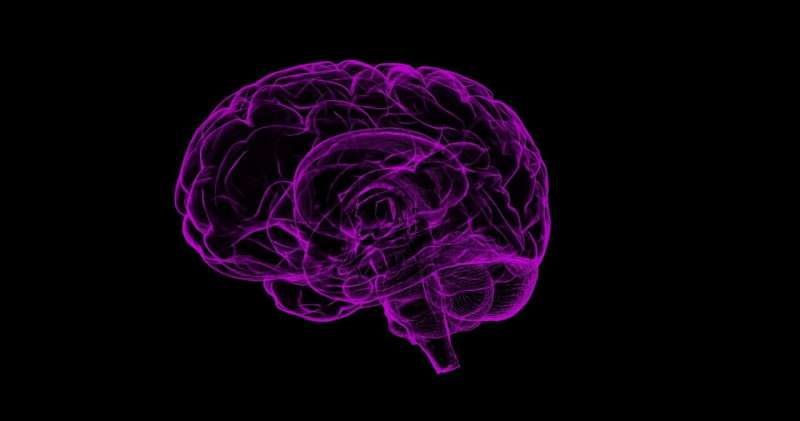
The size of two brain structures is associated with the response to cognitive-behavioral psychological therapy in children with obsessive compulsive disorder (OCD), according to a study led by teams from the University of Barcelona, the Bellvitge Biomedical Research Institute (IDIBELL), Bellvitge University Hospital and the Mental Health Networking Biomedical Research Center (CIBERSAM). The study has been published in the Journal of the American Academy of Child & Adolescent Psychiatry.
The magnetic resonance imaging (MRI) analysis of the brains of 168 children and adolescents from centers around the world revealed that those with two regions of the prefrontal cortex larger than usual showed a greater reduction in obsessive compulsive symptoms after intervention with behavior therapy.
The results obtained could mean that those patients who are more developed in these prefrontal structures—which are related to the response to anxiety—may be more able to take advantage of the emotional regulation strategies provided by behavioral therapy.
Carles Soriano, professor at the Faculty of Psychology, principal researcher at IDIBELL and member of CIBERSAM, indicates that “the identification of these structures can be a great improvement in the clinical management of children with OCD. Although behavioral therapy has an effectiveness of over 60%, we still do not know much about the action mechanisms. This prevents us from predicting which patients may benefit, avoiding costly trial-and-error processes or modifying the factors responsible for therapy failure.”
In the same study, a large sample of adults was also studied, but no correlation between brain structures and the effectiveness of therapy was observed. Thus, although behavior therapy is equally effective, the results indicate that the mechanisms of action of this intervention may differ from those of children.
Cognitive-behavioral therapy in obsessive compulsive disorder
The obsessive compulsive disorder usually manifests in children as anxiety about situations that are perceived as upsetting or uncontrollable. This leads to the need, for example, to arrange things in a certain way, to repeat words or behaviors a certain number of times, or to repeatedly make sure that an action, such as turning off the light, has been done successfully.
These symptoms interfere with the normal development of these children’s families, social and academic activities, and significantly affect their well-being and that of their families.
The treatment of choice for these cases is cognitive-behavioral therapy, a form of psychological intervention based on exposing the patient, in a controlled manner, to the situations that generate anxiety and allowing this anxiety to go away. In addition, to achieve this normalization of anxiety during exposure to the feared situations, cognitive or thought modulation strategies are often used.
More information:
Sara Bertolín et al, Right Prefrontal Cortical Thickness Is Associated With Response to Cognitive−Behavioral Therapy in Children With Obsessive-Compulsive Disorder, Journal of the American Academy of Child & Adolescent Psychiatry (2022). DOI: 10.1016/j.jaac.2022.07.865
Journal information:
Journal of the American Academy of Child & Adolescent Psychiatry
Source: Read Full Article